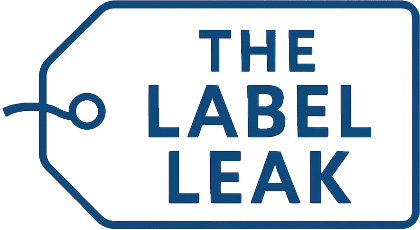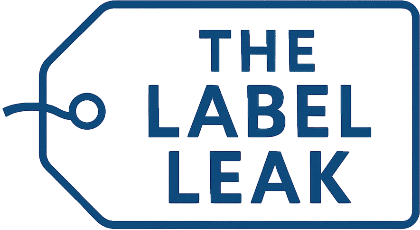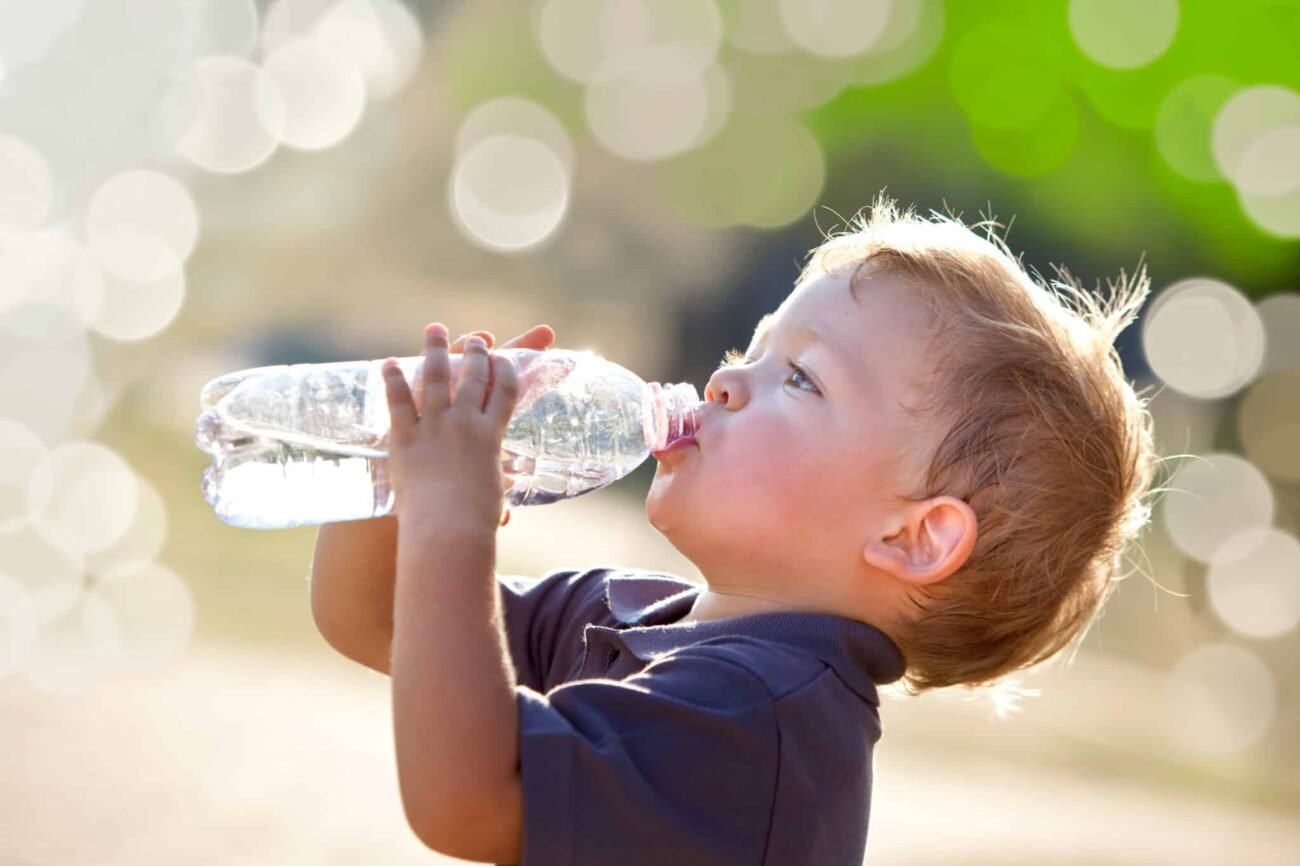Recycled Plastic Bottles May Leak Hidden Chemicals Into Your Water, Study Finds
(© ZoneCreative – stock.adobe.com)
In a nutshell
- Recycled plastic pellets from India, Nigeria, and Taiwan leaked 84 different chemicals into water, including pesticides, pharmaceuticals, and plastic additives — with concentrations increasing the longer plastic sat in water.
- Fish embryos exposed to these chemical cocktails showed significant changes in genes controlling fat storage and hormone regulation, suggesting potential metabolic and endocrine disruption.
- Current recycling processes don’t remove chemical contaminants from previous uses, meaning recycled plastics can carry a “chemical history” that may pose health risks in everyday products like water bottles and food containers.
GOTHENBURG, Sweden — Scientists have discovered that recycled plastic contains a cocktail of hazardous chemicals that can seep into water. These substances are affecting the genes linked to fat storage and hormone regulation in fish embryos. The discovery raises serious questions about whether our push toward a circular economy through plastic recycling might be exposing us to more health risks than we bargained for.
Researchers at the University of Gothenburg analyzed black recycled polyethylene pellets from India, Nigeria, and Taiwan — the raw materials used to make everything from water bottles to food containers. When they soaked these pellets in water for just 24 to 48 hours, 84 different compounds leached out, including pesticides, pharmaceuticals, and plastic additives. When they exposed zebrafish embryos to this chemical soup, the fish showed significant changes in genes that control fat metabolism and hormone function.
Many of these recycled plastics end up in products we use daily, from food packaging to children’s toys. While individual chemical concentrations were relatively low, scientists worry about the cumulative effect of exposure to multiple toxic substances at once.
This study, published in the Journal of Hazardous Materials, tested black recycled polyethylene pellets under controlled lab conditions to see how chemicals can leach into water over time. It did not test actual bottled water or typical consumer products, but models a scenario that highlights the potential risks.
Recycled plastic pellets from polyethylene (PE) can be used when making a water bottle for instance. But we can never have full knowledge of what chemicals will end up in an item made of recycled plastic. Therefore the item could contain toxic chemicals that can leach out. (Credit: Olof Lönnehed)
How Recycled Plastic Becomes a Chemical Carrier
Unlike virgin plastics, recycled materials carry a chemical history: contamination from their previous lives that standard recycling processes can’t remove. The researchers focused on black plastic pellets because previous studies showed they contained the highest concentrations of toxic chemicals.
After analyzing water that had been in contact with these pellets, they identified substances ranging from herbicides like ametryn to pharmaceuticals like tramadol (an opioid painkiller) and gabapentin-lactam (a derivative of the anti-seizure drug gabapentin).
After 48 hours, 80 out of 84 compounds were found at concentrations higher than after just 24 hours. The longer plastic sits in water, the more chemicals it releases. The most abundant chemical found was N-Ethyl-o-toluenesulfonamide, used in coating products, fillers, inks and toners, and cosmetics, at concentrations of 16,937 and 29,449 ng/L at 24 and 48 hours respectively.
Many of these substances weren’t intentionally added to the plastic. Instead, they’re “non-intentionally added substances” that get picked up during the plastic’s journey through collection, sorting, and recycling facilities. This chemical hitchhiking means recycled plastic can contain pesticides from agricultural waste, pharmaceuticals from medical waste, and industrial chemicals from manufacturing waste.
Targeted chemical analysis of leachates from recycled polyethylene (PE) pellets collected in recycling facilities in India, Taiwan, and Nigeria. Analysis performed using LC-HRMS. Relative abundances of detected compounds are shown. (Credit: Kardgar et al / Journal of Hazardous Materials)
Fish Studies Reveal Potential Human Health Concerns
To understand what these chemical cocktails might do to living organisms, researchers exposed zebrafish embryos to the contaminated water for five days. Zebrafish are commonly used in toxicology studies because their biological pathways closely mirror those in humans, especially for metabolism and hormone regulation.
Fish exposed to the highest concentrations of leached chemicals showed significant changes in gene expression patterns related to fat metabolism and hormone function. Genes involved in adipogenesis (the process by which cells become fat cells) were activated more than normal. This included increases in genes like tmem18, srebf1, and several fatty acid-binding proteins that scientists use as markers of metabolic disruption.
The fish also showed changes in estrogen receptor expression and thyroid-related genes. These hormone systems control everything from reproduction to brain development in both fish and humans.
Importantly, the fish didn’t show obvious physical deformities or behavioral changes. Chemical exposure was causing molecular-level damage that might not be immediately visible but could have long-term health consequences.
The same biological pathways affected in the zebrafish — those controlling fat storage and hormone regulation — exist in humans. Many of the chemicals identified in the study are known endocrine disruptors, substances that can interfere with the body’s hormone systems.
Study authors tested the contaminated water on zebrafish embryos for five days. (Credit: Victor Chang Cardiac Research Institute)
The Obesity Connection
Research has shown that some everyday plastic products can promote fat cell growth in laboratory studies with mouse cells, suggesting that plastics may contribute to obesity. As obesity rates soar worldwide and scientists search for environmental factors contributing to the epidemic, chemicals in everyday products have emerged as potential culprits. These so-called “obesogens” may predispose people to weight gain by disrupting normal metabolic processes.
Exposure pathways are numerous. We drink from recycled plastic bottles, eat food stored in recycled containers, and children play with toys made from recycled materials. Workers in recycling facilities face even higher exposure levels.
The study authors note that “human bodies are contaminated with plastics chemicals and that exposure to mixtures of chemicals found in plastics products is correlated to a variety of adverse effects in humans including obesity, cancers, thyroid and lung diseases, and birth defects.”
A Problem Without Easy Solutions
Environmental policies worldwide are pushing for increased plastic recycling as a solution to plastic pollution. The European Union aims to recycle 55% of plastic packaging by 2030, while many U.S. states have set similar targets.
But as recycling rates increase, so might our exposure to hazardous chemical mixtures. Current recycling processes focus on melting and reshaping plastic but don’t remove chemical contaminants. In fact, the high temperatures used in recycling can create new toxic compounds, adding to the chemical burden rather than reducing it.
The researchers found that many of the most concerning chemicals were what they call “regrettable substitutes.” These are supposedly safer alternatives to banned substances that turned out to have their own health risks. For example, DINCH, found in the water samples, was introduced as a “safer” alternative to certain phthalates but has since been shown to disrupt hormone systems.
Beverages in plastic bottles may contain harmful contaminants, particularly pesticides and pharmaceuticals. (Photo by pasja1000 from Pixabay)
While consumers might be tempted to avoid recycled plastic products, the problem runs much deeper than individual choice. Chemical contamination in recycled plastics reflects systemic issues in how we design, use, and dispose of plastic products.
The study’s authors argue for improved transparency about what chemicals are in plastic products and better tracking throughout the plastic lifecycle. As they put it: “The complex mixture of chemicals in these recycled plastics highlights the need for improved transparency and traceability across the plastics lifecycle, and the importance of limiting use of hazardous chemicals in plastics.”
Simply put, we need to stop toxic chemicals from entering plastic products in the first place if we want recycling to be truly sustainable. The fish in this study serve as an early warning system, showing us what happens when we’re exposed to the chemical cocktails lurking in our recycled plastic products. Their altered gene expression patterns, particularly those affecting metabolism and hormone function, should give us pause as we reach for that recycled plastic water bottle or heat food in that recycled container.
Paper Summary
Methodology
Researchers collected black recycled polyethylene pellets from recycling facilities in India, Nigeria, and Taiwan, then created water leachates by soaking the pellets in zebrafish embryo medium at concentrations of 10 and 30 grams per liter for 24 or 48 hours. They exposed zebrafish embryos to these chemical-containing solutions for 120 hours and analyzed changes in gene expression using quantitative PCR techniques. The team also conducted chemical analysis using liquid chromatography-mass spectrometry to identify and quantify the substances that leached from the plastic into the water. Additionally, they tested the effects on fish behavior and physical development.
Results
The study identified 84 different chemical compounds that leached from recycled plastic into water, with 80 compounds showing higher concentrations after 48 hours compared to 24 hours. The chemicals included pesticides, pharmaceuticals, plastic additives, and industrial compounds. Zebrafish embryos exposed to the highest concentrations showed significant upregulation of genes involved in fat metabolism and hormone regulation, including increases in estrogen receptor expression and various fatty acid-binding proteins. However, the fish showed no significant changes in survival, physical development, or swimming behavior.
Limitations
The researchers acknowledged several limitations, including that they didn’t analyze trace metals in the leachates and didn’t quantify microplastic or nanoplastic particles. The study focused only on dissolved chemical components and used laboratory conditions that may not perfectly reflect real-world exposure scenarios. The concentrations tested, while based on environmental considerations, may not represent typical human exposure levels. Additionally, the study examined effects only in zebrafish embryos, requiring caution when extrapolating results to human health impacts.
Funding and Disclosures
The research was funded by the Swedish Research Council for Sustainable Development FORMAS (grant number 2021-00913) and the European Union’s Horizon 2020 Research and Innovation Programme under the Marie Skłodowska-Curie grant agreement No 860720. The authors declared that Bethanie Carney Almroth is a non-remunerated steering committee member of the Scientists’ Coalition for an Effective Plastics Treaty, but no other competing interests were reported.
Publication Information
This study was conducted by Azora König Kardgar and colleagues from the University of Gothenburg, Helmholtz Centre for Environmental Research, International Pollutants Elimination Network, and Leibniz-Institute for Tropospheric Research. The paper was published in the Journal of Hazardous Materials, volume 495, article number 138946, in 2025. The research was received in March 2025, revised in May 2025, and accepted for publication in June 2025.


